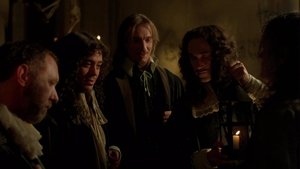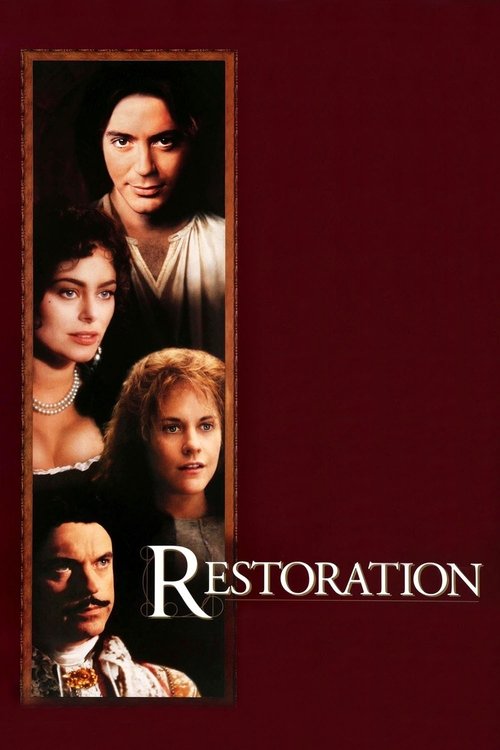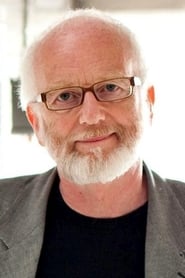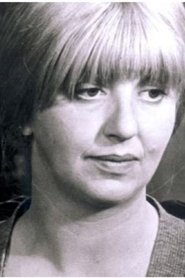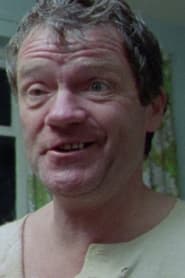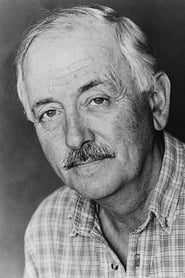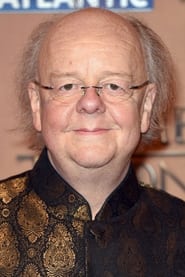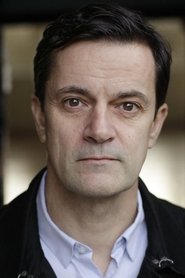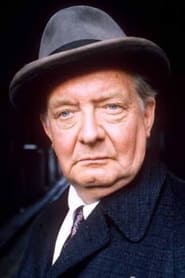Cast
View AllRobert Downey Jr.
as Robert Merivel
Meg Ryan
as Katharine
Sam Neill
as King Charles II
David Thewlis
as John Pearce
Hugh Grant
as Elias Finn
Polly Walker
as Celia Clemence
Ian McKellen
as Will Gates
Ian McDiarmid
as Ambrose
Mary MacLeod
as Midwife
Willie Ross
as Man with Visible Heart
Benjamin Whitrow
as Merivel's Father
Roger Ashton-Griffiths
as Mr. Bung
Andrew Havill
as Gallant
Tony Gardner
as Gallant
David Ryall
as Lord Bathurst
Crew
Director
- Michael Hoffman
Writer
- Rose Termain
- Rupert Walters
Producer
- Cary Brokaw
- Andy Paterson
- Sarah Black
Reviews
CinemaSerf
"Merivel" (Robert Downey Jnr.) is an aspiring doctor who just happens to be in the right place at the right time. Charles II (Sam Neill) has just been restored to Britain's post-Cromwellian thrones and is rather fond of his spaniel. It's poorly, the doctor makes it better and next thing he's enjoying the life of a libertine at the king's court. Now the king has a reputation as a bit of a Lothario, so he decides to get his favourite physician to marry one of his mistresses so as to turn the heat down a little. The only stipulation is that he isn't to fall in love with "Celia" (Polly Walker) but you can guess how successful that strategy proves. Furious, what the king giveth he can taketh away, and promptly "Merivel" is out on his ear - just as plague sweeps the country. Perhaps salvation might come in the form of wench "Katharine" (Meg Ryan)? At times it's bawdy fun, but for the most part it's just a rather dull interpretation of life at a legendarily vibrant and debauched court that's all too devoid of fun. Downey embraces the character to an extent, but I felt he relied way too much on the design (production and costume) to present his persona or to really show us how seriously he took his profession. Sam Neill is just plain wooden as the mischievous king and though the ensemble cast enter into the spirit of the film with varying degrees of enthusiasm, even this familiar array of British thesps can't make this sow's ear into a silk purse. History tells us that though Charles II was undoubtedly a ladies' man, he was also quite a philanthropist and had the writers tried to raise this above the level of a latter day "Carry On" film, we could have put some more meat on the bones of a story about people at a crossroads in history. There's some period Henry Purcell to be found amidst the soundtrack and it does look great, but somehow it just doesn't deliver.
Nov 23, 2024
Thematic Analysis
As a dramatic work, Restoration examines complex human relationships and emotional struggles against the backdrop of a period setting that reflects societal issues of its time. The character development particularly stands out, offering viewers a chance to reflect on their own life journeys.
Director Michael Hoffman brings their distinctive visual style to this film, continuing their exploration of themes seen in their previous works while adding new elements. Their approach to character development and emotional depth creates a viewing experience that rewards close attention.
Released in 1995, the film exists within a cultural context that now offers viewers historical perspective on the social issues of that era. Its reception demonstrates the diverse reactions to its artistic choices and its place in cinema history.
Did You Know?
- The production of Restoration took approximately 34 months from pre-production to final cut.
- With a budget of $19.0 million, the film represented a significant investment in bringing this story to the screen.
- The final cut of the film runs for 117 minutes, though the director's initial assembly was reportedly 138 minutes long.
- Some visual effects sequences took up to 12 months to complete.
- The cast underwent specialized training for 6 weeks before filming began.
- The costume department created over 317 unique costume pieces for the production.
Historical Context
- In 1995, when this film was released:
- Globalization was accelerating economic and cultural exchange.
- The end of the Cold War was reshaping global politics.
- Independent cinema was growing in influence, challenging the dominance of major studios.
How This Film Stands Out
While Restoration shares thematic elements with other films in its genre, it distinguishes itself through its unique approach to storytelling, visual style, and character development.
Unlike Two Can Play That Game, which focuses more on action than character development, Restoration offers a fresh perspective through its innovative visual language and narrative structure.
While films like Cat People and Kim Novak Never Swam in Genesaret's Lake explore similar territory, Restoration stands apart through its distinctive directorial vision and pacing.
This film's unique contribution to cinema lies in its bold artistic choices and willingness to challenge viewer expectations, making it a valuable addition to its genre.
Details
- Release Date: December 29, 1995
- Runtime: 1h 57m
- Budget: $19,000,000
- Revenue: $4,005,941
